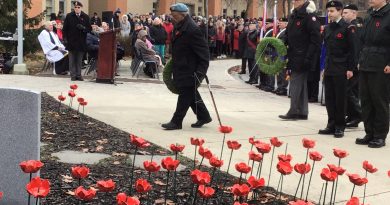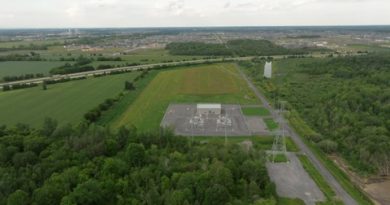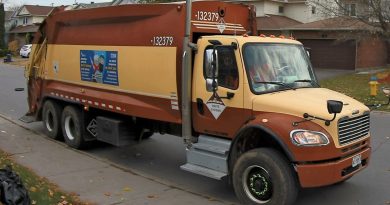Racing To Curb The Speed And Noise In Barrhaven
By Wilson Lo, Barrhaven East Councillor
To quickly preface, in Ontario, a municipal police force is under the command of its Chief of Police, who reports to the Police Services Board, and governed by the Police Services Act. While City Council can provide suggestions to help guide policing efforts, we have no authority to direct operations.
The street racing and noise from modified exhaust systems is an issue prevalent in Barrhaven and most communities across Ottawa. It doesn’t help that we allowed the problem to fester with little resistance for as long as it has. The Ottawa Police Service (OPS) know it’s not a small issue – since the spring, they’ve laid hundreds of charges in Barrhaven alone.
These groups of people are dynamic, and our vast road network, plus resource requirements for “regular” police calls, means enforcement isn’t always available or effective. There are also officer vacancies at the OPS, that the Chief has committed to filling as quickly as possible.
The OPS have recognised the need and have increased the number of patrols and their methods. New since April is a periodically updated “vehicles of interest” list which the OPS shares with all officers. The list is based on past offences, resident’s complaints / reports, and officer observations.
The OPS also started a new integrated enforcement approach using intelligence and information to deploy officers to known problematic locations and previously identified gathering locations.
Every week a traffic analyst reviews and compiles data from traffic complaints, social media info, and other various sources to create a snapshot of what is occurring and expected for the upcoming week. This provides the data to not only address the known problematic meetups, but also to discourage and address any new potential locations.
I should also note that the end of emissions testing of older cars has also increased the number of vehicles on our roads with loud exhausts despite no modification to the system. Parts that make cars extra loud are also easy to purchase and install.
I reached out to the OPS mid-June about piloting noise radar in our city – I even offered Strandherd as a pilot roadway. Since its allowed use in France in 2019, and since its introduction in Paris in 2022, the OPS has been following the technology closely. A Councillor in Toronto also requested an assessment into the feasibility of its use.
Both Toronto and the OPS determined that the required “owner liability” under the Highway Traffic Act for charges for automated noise radar don’t exist like they do for speeding, red light infractions, and school bus signal offences. Without changes to the provincial law, this is not something municipalities in Ontario are able to implement. However, I believe it’s worth advocacy to our provincial leaders.
Despite the need to balance regular duties and other operational requirements, the OPS believes the new initiatives noted above, along with regular enforcement and rotating blitzes, have contributed to the general success they have achieved so far this year.
For continued success, the OPS needs your help. Please report instances of street racing through the OPS’s online reporting form. Although it won’t result in an immediate officer dispatch, the information submitted by residents will help guide future enforcement efforts, including both regular enforcement and specialized blitzes.






